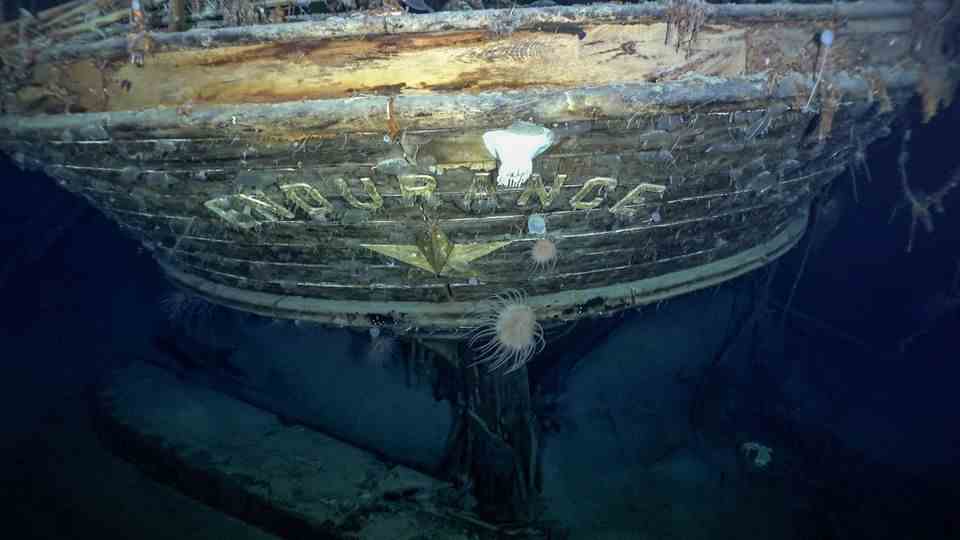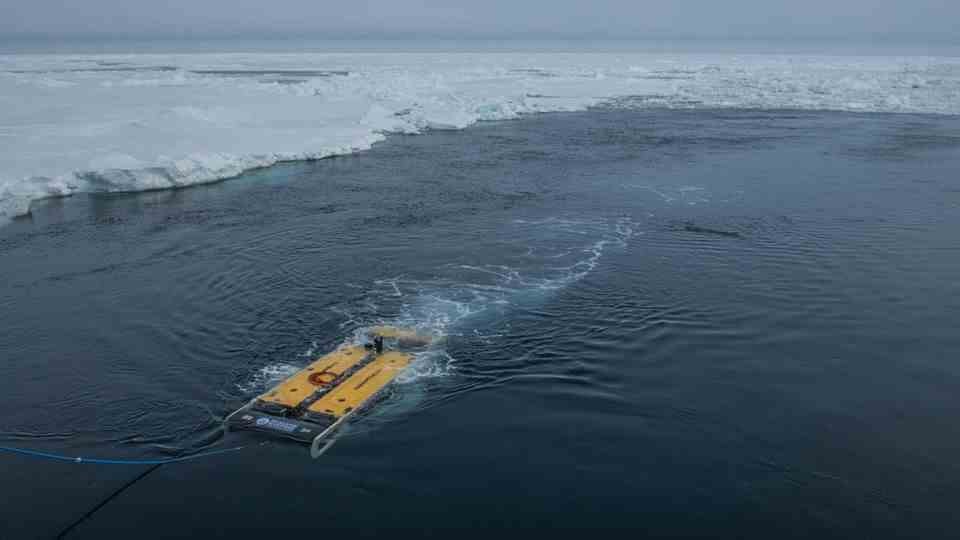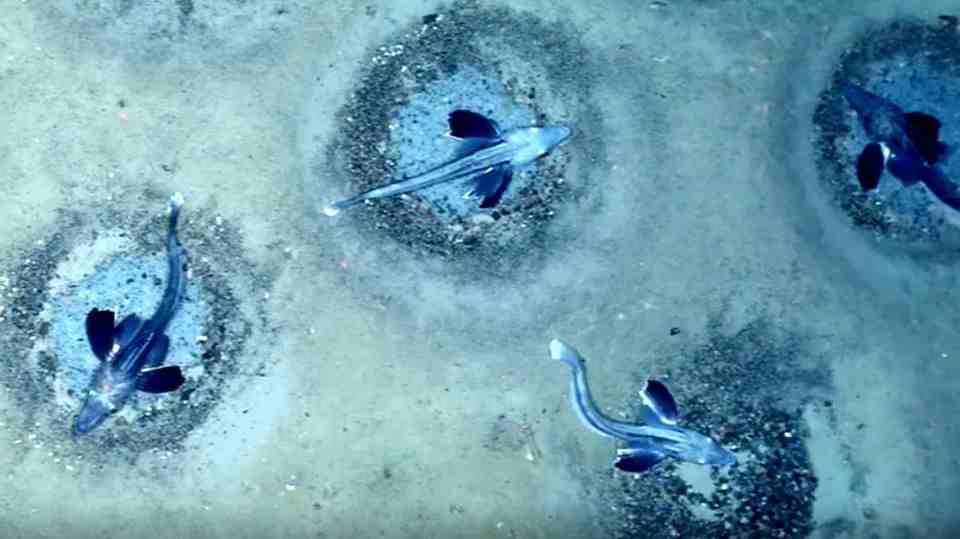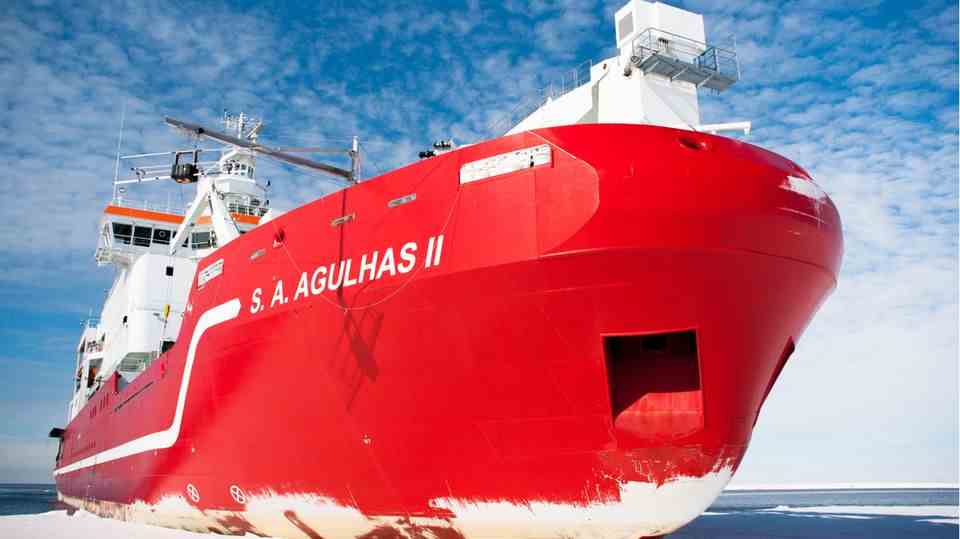Polar ship sank in 1915
More than 100 years after her sinking: Researchers discover wreck of the legendary “Endurance”
In 1915, the expedition ship “Endurance” was stuck in the pack ice for a few weeks before it was crushed and sank
© Imago Images
In 1915, British polar explorer Ernest Shackleton’s expedition ship Endurance sank off the coast of Antarctica after being crushed by pack ice. Now researchers have discovered the wreck that is difficult to access.
It is a sensational discovery: more than 100 years after her sinking, researchers have now found the wreck of the “Endurance”. The historic expedition ship was crushed in pack ice in 1915 during an expedition by explorer Ernest Shackleton.
As reported by the “New York Times”, among others, a team of adventurers, marine archaeologists and technicians located the wreck using underwater drones on the bottom of the Weddell Sea east of the Antarctic Peninsula. For more than two weeks, the team led by the British Marine archaeologists Mensun Bound struggled against sea ice and freezing temperatures in an area of around 390 square kilometers around the spot where the almost 44-metre-long wooden ship sank in 1915.
The wreck of the “Endurance” is 3008 meters deep
At the beginning of February 2021, the “SA Agulhas II” started from South Africa with a 64-strong team of scientists and technicians on board. An unknown private sponsor provided ten million dollars for the “Endurance22” project. But despite modern technology, the search was not an easy task. The wreck of the “Endurance” is 3008 meters deep. Luckily, the steamer’s captain and excellent navigator, Frank Worsley, noted the last position before sinking very precisely.

A team of adventurers, marine archaeologists and technicians went in search of the wreck on the South African polar research and logistics ship SA Agulhas II
© Falklands Maritime Heritage Trust / Nick Birtwistle / DPA
Apart from a few technical glitches on the two submersibles and a day when the search was suspended on the ice, the search went relatively smoothly. Battery-powered submersibles combed the seabed twice a day for about six hours each time. They scanned the smooth seabed with sonar, looking for anything that stood out. After the wreck was located, the equipment was swapped out for high-resolution cameras and other instruments to create detailed images and scans.
The first images of the ship since Shackleton’s photographer Frank Hurley took it showed parts of the ship in amazing detail. A picture of the stern showed the name “Endurance” above a five-pointed star – a holdover from before Shackleton bought the ship and it was still called “Polaris”.

This shot shows the stern of the “Endurance”. Before Shackleton bought the ship, it was called Polaris, hence the five-pointed star under the name.
© Falklands Maritime Heritage Trus / DPA
Another image, taken from above, shows the ship’s open aft deck and the entrance to the headquarters. The pressure of the pack ice had severely damaged the “Endurance” before she sank and in the picture the front part of the ship appears to have broken up badly.
“We are overwhelmed by our good fortune to have located and captured images of ‘Endurance,'” Bound said. “This is by far the best wooden shipwreck I have ever seen.” The “Endurance” is lying upright in the water and is “in a brilliant state of preservation,” explained the expedition leader. The site is therefore about six and a half kilometers from the point where the ship was slowly crushed by the pack ice in 1915.
Wreck of the “Endurance” is considered a historical monument
The wreck is listed as a historic monument under the Antarctic Treaty, the six-decade-old agreement protecting the region. Touching it or even taking objects out of it is strictly forbidden. The images and scans are used as the basis for educational material and museum exhibits.

Battery-powered submersibles combed the seabed twice a day for about six hours each time
© Esther Horvath/Falklands Maritime Heritage Trus / AFP
The “Endurance” holds pride of place in the history of the polar regions for having produced one of the greatest survival stories in the history of discovery. The expedition became legendary because British polar explorer Ernest Shackelton and his crew managed to escape the hostile Antarctic on foot and in boats. Shackleton left England in 1914 with a crew of 27 aboard the Endurance bound for Vahsel Bay in the Weddell Sea. From here he wanted to be the first person to cross Antarctica on foot.

The “Endurance” shortly after being crushed by the pack ice
© Imago Images
But the journey ended much earlier than expected. Although the “Endurance” was designed as an icebreaker and was one of the most powerful ships in the world at the time, it got stuck in the pack ice of the Southern Ocean far before its planned destination. Out of necessity, the crew drifted through the Weddell Sea with the ice, always hoping to get back out to sea to make a second attempt. But nothing came of it: “This is the worst place in the worst sea,” Shackleton is said to have said when he finally had to give up his ship. To this day, the place is one of the most difficult to navigate sea areas in the world.
“Endurance” crushed by pack ice
On October 21, 1915, more than half a year after the “Endurance” got stuck in the pack ice, ice floes crushed the ship’s hull. And for Shackleton’s crew, one of the most incredible survival stories in the history of science began.
After waiting months on an ice floe until it broke, they rowed to the Elephant Islands (Britain) on April 9, 1916. From there, Shackleton went to South Georgia in a boat and five chosen men to get help. Only four months later, on August 30, 1916, he managed to rescue the 22 comrades who had been left behind with a chartered fishing cutter. Despite the extremely harsh conditions, the entire expedition team survived.

In 1921, Ernest Shackleton set out for Antarctica a third time, but only got as far as South Georgia. He died there in January 1922 of heart failure. While he never made it to the Pole or beyond, his leadership in rescuing his entire crew made him a hero in Britain.
Swell: “New York Times”DPA, AFP



